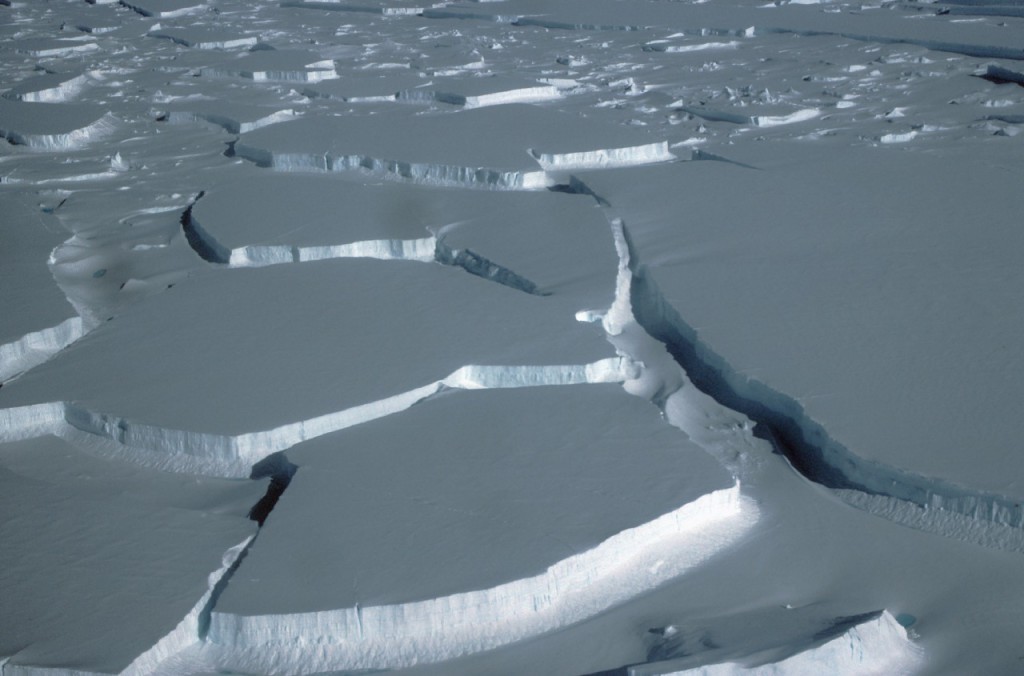New studies improve scientists’ understanding of the potential contribution of the Antarctic Ice Sheet to global sea level rise
Three peer-reviewed papers in Nature and Nature Geoscience published in recent weeks report the work of science collaborations between British Antarctic Survey (BAS) and leading UK and international researchers. The findings are the result of an urgent push by the international scientific community to understand better the causes of ice loss from the Antarctic Ice Sheet and the contribution that this makes today, and in the future, to global sea level rise.

In the paper Antarctic ice sheet loss driven by basal melting of ice shelves by H.D Pritchard, S.R.M Ligtenberg, H.A Fricker, D.G Vaughan, M.R van den Broeke, L. Padman, published on 26 April in the journal Nature the authors report that warm ocean currents are the dominant cause of recent ice loss in Antarctica.
In a paper from colleagues at the Alfred Wegener Institute, who are partners in the EU-funded ice2sea programme led by British Antarctic Survey: Twenty-first-century warming of a large Antarctic ice shelf cavity by a redirected coastal current by Hartmut H. Hellmer, Frank Kauker, Ralph Timmermann, Jürgen Determann, Jamie Rae, published in Nature 10 May 2012. The authors describe their latest calculations for future sea-level rise and the relevance of this research for making policy and business decisions relating to sea defences around the world. For more information see the ice2sea website.
In a letter to Nature Geoscience Published 10 May 2012: Steep reverse bed slope at the grounding line of the Weddell Sea sector in West Antarctica by Neil Ross, Robert Bingham, Hugh Corr, Fausto Ferraccioli, Tom Jordan, Anne le Brocq, David Rippin, Duncan Young, Donald Blankenship and Martin Siegert. The authors from British Antarctic Survey,the Universities of Edinburgh, Aberdeen, Exeter, York and from the University of Texas at Austin describe how they discovered a huge under-ice basin the size of Wales using radio-echo sounding technology. This discovery indicates that a larger area of the West Antarctic Ice Shelf is vulnerable to ice loss than previously thought.
